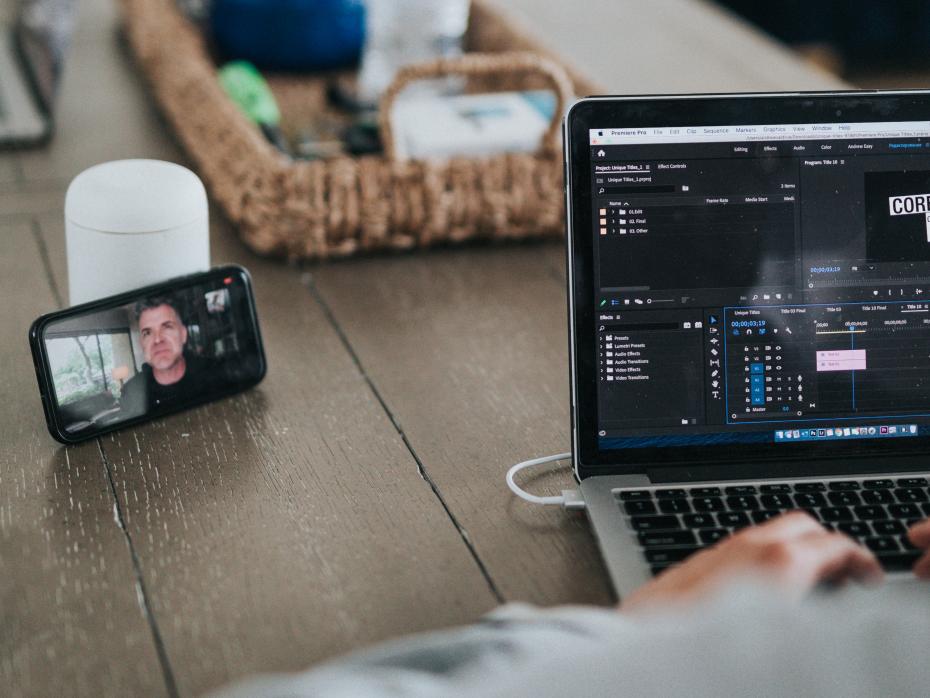In tandem with lectures, university tutorials are essential to students’ holistic learning experience. While the style can vary greatly from discussion-based to problem-solving, below are some tips for tutors to create engaging and interactive tutorials for their students:
Articulate learning goals and purposes
At the start of tutorial, tutors should outline the general structure and flow, giving students have a better sense of what they will be doing and the approximate timing. For each task and activity, tutors should explain the purposes and expected outcomes and requirements for learning, as well as when and how that newly learned information will be useful to them. Students often possess a higher level of motivation and efficacy when they can see the value and purpose of their assigned tasks. Meanwhile, granting a clear sense of direction and progress helps maintain learning morale.
Ask general and broad questions at the start
Tutors can activate students’ schema – the way they organise and build knowledge of a given topic – by helping them to recognise and draw out knowledge that they already have relating to topic, by asking some general and broad questions. This can allow explicit links to be made between the tutorial topic and the lives and experiences of the students. Such questions can start a chain reaction of interaction among the students, presenting them with opportunities to metacognitively discover what their own ideas and reactions are.
Be aware of the pacing, staging and sequencing of tasks and activities
All the tutorial components should be sequenced in a logical progression with smooth transitions and scaffolding. The more concrete and straightforward tasks are delivered first, building up to more challenging and complex tasks. There should be a carefully planned combination of tasks and activities, varying in style, format and appropriate length. This helps students maintain focus and attention and allows them all to learn in the way that is the most aligned with their individual styles and interests.
Bridge student learning through their insights and experiences
Setting off from familiar ground supports students’ sense of competence from the outset. During the tutorial, students can start from their comfort zones of security and confidence before being guided towards more intellectually demanding tasks and activities. If students feel their contributions in the classroom are valued, they build the trust and confidence needed to explore new, and sometimes riskier, ways of expressing themselves.
Give explicit and specific instructions
When assigning students various activities, it is crucial that tutors state exactly what they expect the students to do and come back with and how long they have to complete the task. Always ask students if they have any questions, to confirm their understanding of the instructions and assigned tasks.
Assign specific roles and responsibilities
Depending on the nature of the activity, tutors can consider assigning different roles and responsibilities to their students in each lesson. These roles could include note-takers, presenters, facilitators and team leaders. This gives students equal opportunities to develop and practise different skills and mentalities. Tutors should track contributions to ensure a fair distribution of roles and minimise any issues with “free riders”.
Incorporate more peer interactions and collaborations
As the values and judgements of tutors can mean they inadvertently overlook alternative sources of learning, students need opportunities to expand their perspectives and potential with their peers. Generally, students enjoy working with peers. Fostering peer-to-peer relationships in class encourages students to share their viewpoints without feeling too worried about making mistakes or being corrected. A harmonious and cooperative learning atmosphere is best when co-constructed by students.
Offer individual time for reflection and assimilation
Some time for individual working should be arranged before group activities as this allows students to translate, process and synthesise their fragmented thoughts. They can subsequently present their ideas to others more coherently and comfortably. There should be time built in for students to take notes of the discussions, so they have have a written record. This allows them to better reflect on and comprehend their own ways of thinking.
Summarise and consolidate learning at the end
At the end of a tutorial, it’s useful to recap the key points covered. Tutors should connect the dots by showing students how various components are interconnected with and interdependent on one another in relation to their learning. It is worth providing resources or take-home questions for students to explore topics further after class.
If tutors create a supportive and enjoyable classroom environment, students are more likely to feel engaged, connected and supported throughout their learning, resulting in better outcomes for everyone.
Adrian Man-Ho Lam is a course tutor in the department of politics and public administration at the University of Hong Kong.




comment1
(No subject)